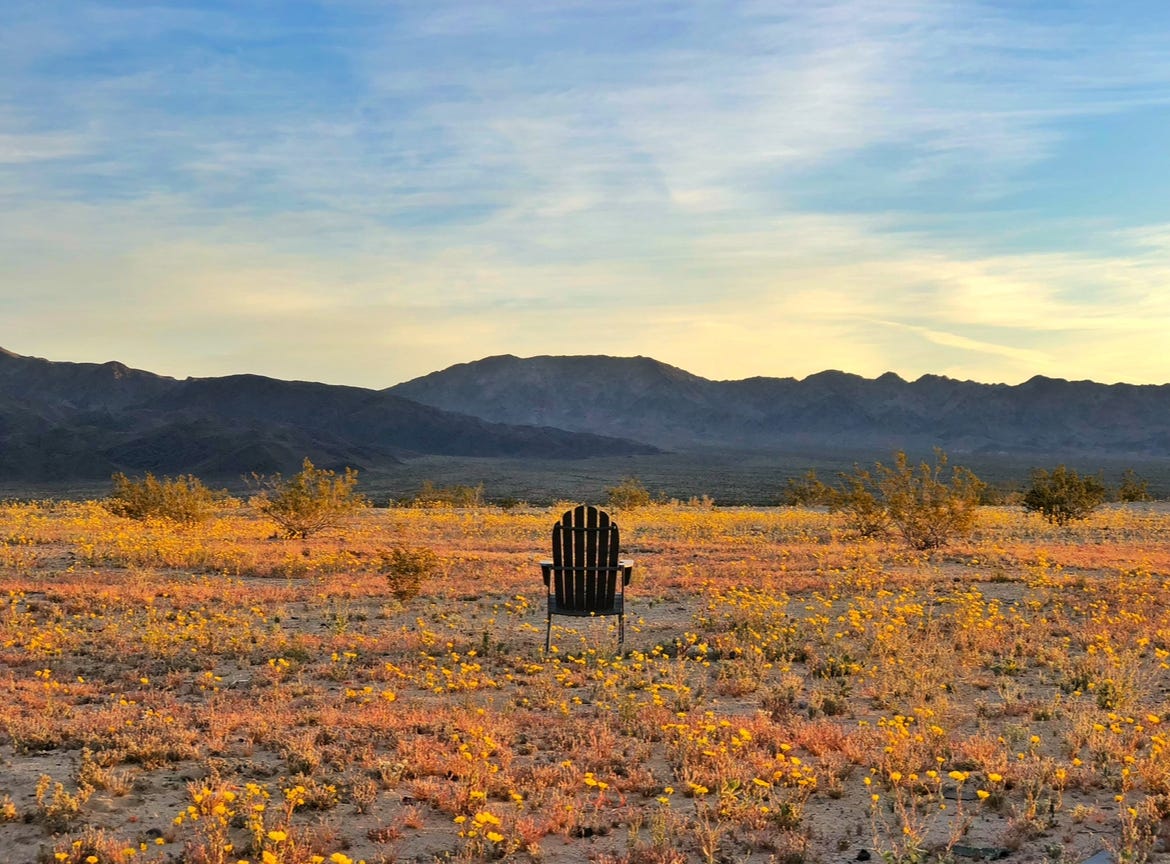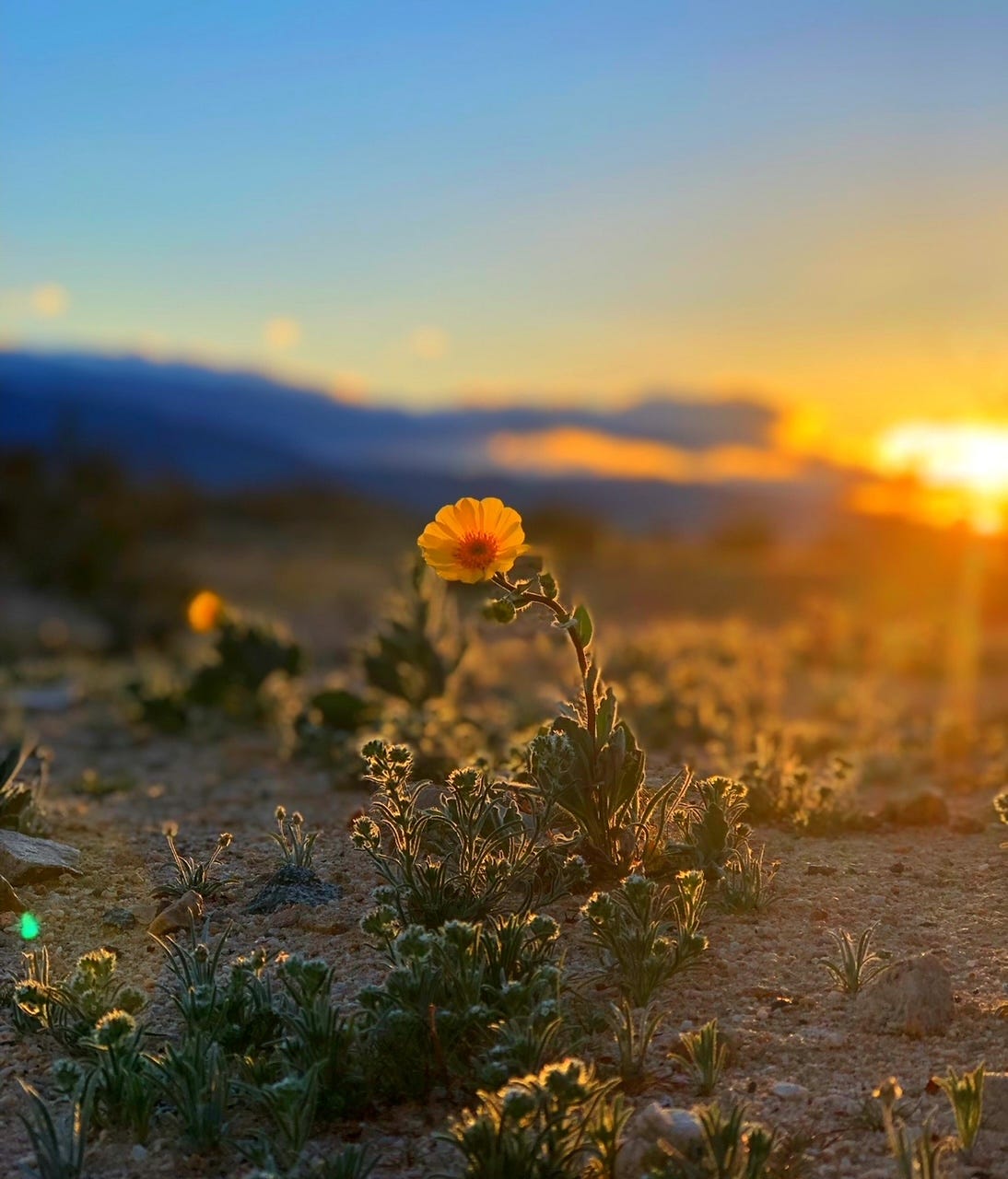When I was a kid I was an absolutely obsessive musical theater nerd. It started as an Annie obsession but very quickly expanded to include the entire oeuvre of Andrew Lloyd Weber. My parents were whole-hearted supporters of my obsession — they underwrote my basement production of Annie when I was in fourth grade — and happily accepted Cats, Joseph and the Amazing Technicolor Dreamcoat, and even Evita, but they were not enthused about Jesus Christ Superstar. We were, at the time, pretty devout Catholics, and although we were a Pacific Northwest hippy-lefty version of Catholic, we were Catholic all the same and Jesus Christ Superstar was just a little too close to maybe being heretical for my parents’s comfort. So I never actually saw the movie as a kid, and only heard the album at my best friend Wendy’s house. My exposure to its music, consequently, was intermittent and partial, but I still managed to develop a passion (no pun intended) for the main song sung by the character of Mary Magdalene, I Don’t Know How To Love Him.
It’s important to understand that I was only around 10 or 11 years old, and although I understood that the character meant love literally, in the very human sense, I didn’t grok the hussified parts of the song that played upon her (false) reputation as a former prostitute. I was still in a pretty devout phase — I had occasional romantic notions about running off and becoming a nun one day — and I chose to interpret the song as a lament about the complexity of spiritual love more broadly. What does it mean to love a religious figure? To love God? Even though I was devout — which is to say, I gobbled up all the Bible stories and sang all the hymns and vibed on all the stained glass windows at Mass — I wasn’t precisely clear on what it meant to love Jesus.1 I understood the draw to loving Mother Mary — she was a mother, after all, and she looked like she gave good hugs — but Jesus just seemed like a really nice guy who was super caring and who had an important dad and who was somehow responsible for the fate of our souls, which was more intimidating than compelling. And, kind of good-looking in a hippy kind of way, if the sacred heart portrait in our hallway and all the pictures in my childrens’ bible were anything to go by, but that just confused things more. Mary Magdalene singing I Don’t Know How To Love Him felt very relatable. So I fell a little bit in love with her instead.
My love for Mary only grew, even when (perhaps because) I eventually fell out love with the Catholic Church. Mary Magdalene and Mary, Jesus’ mom, remained important fixtures on my spiritual landscape, representatives of both the exclusion of girls and women from spaces of spiritual authority and the possibility of girls and women having a place in narratives of the divine. They were later joined by Eve, Inanna, Demeter, Esther, and other misunderstood or underestimated women in religious and mythic narrative, but Mary Magdalene remained in the foreground, ever the embodiment of what I think of as The Mary Question — how do I love into the unknown? Which can maybe be rephrased as, how do I love that which seems far beyond my understanding and control? With the complication unique to women, girls, and anyone outside the most secure spheres of privilege: how do I love from a position of vulnerability? What’s the love that empowers me?
This was an ongoing thread of conversation between me and my mother from my mid-twenties on. When she and my dad split up, it was the last straw for her relationship with God. The relationship had been on shaky ground since the parish we were part of went through a (sadly not uncommon) sexual abuse scandal, but the breakdown of the marriage that she believed God held under his protection was, for her, the final piece of evidence that he was not on her side, nor, probably, on the side of anyone who wasn’t a privileged white man. Mother Mary and most of the saints, she was good with, because she felt strongly that they’d been consistent in their support of her and, she believed, other women. Mary Magdalene wasn’t a divine figure for my mom, but she was, in this context, an ally — she was perhaps the most notable relevant example of a woman who had been done dirty by God or the Church or both. So her question, The Mary Question, was the core thread of those conversations between me and my mom, or at least (initially) this variation — how does one love God, when God has really let you down, and when you suspect that God letting women down is a feature rather than a bug in a certain model of divine design.
For my mom, the answer was straightforward: you just don’t. She was simply no longer willing to love God, which is to say, the God of the Bible, the God of the Catholic Church, the God that she had put her trust and faith in, so the question was more or less moot. You don’t need to question how to do something that you aren’t willing to do. So the bigger question for her became something more along these lines: how do you adjust or expand your entire understanding of love with respect to the divine?
This, of course, involves adjusting and expanding one’s understanding of the divine itself, which is a rich and even fun exercise. Divinity, after all, runs much deeper and further than the God of the Christian Bible: push past the pages of Latin divus, divines, deus (of or pertaining to god) and you discover that there are deeper Proto-Indo-European roots — dyeu, dei — that simply and beautifully mean to be bright or to shine. So question that we were pursuing shifted from how (and whether) to love God to how to love what shines, in the world and in spirit. For my mom, Mother Mary shined, St. Christopher shined, her children and grandchildren shined, the flowers and dragonflies and chuckers in her garden shined, a good joke shined, a cold glass of crisp Pinot Grigio in the afternoon sunlight shined. Loving the divine in that sense, in the sense of loving what shines rather than in the sense of loving what rules, was, for her, a much easier thing to do. Loving what shines, after all, is maybe the most uncomplicated form of love that there is, because shine never lets you down. There is always something shining, if you look for it.
Finding the light of the divine in precious things — to the end, that was my mother’s worship, and the source of her inimitable passion and joy. I used to think that I was fluent in that form of worship, such as it was — I was, after all, the one who nudged her toward it. But the truth is that at the time I wasn’t drawing from some well of deep feeling — I was mostly making an intellectual case, certainly an etymological one. I fervently wanted her to be at peace in her faith, but I wasn’t exactly at peace in my own — by that point in my life I had much more faith in books and ideas than I did in numinous things, in divine phosphorescence, as it were. Books and ideas were things that I knew how to love, because I knew exactly how they loved me back: they empowered me in ways that yielded tangible results in the real, competitive world. I didn’t need to question whether they were a source of light. It has taken me years to really begin been seeking a deeper understanding of the divine as a kind of source for all that shines, and to want to explore those more complicated questions about what even is light, really. The real kind.
Which brings me back to Mary. Mary Magdalene, for me, is a beacon for what shines; she herself shines, of course, but she is more than a source of light, she is a representation of the search for light. From the moment I fell in love with that Andrew Lloyd Webber song, with her character’s attempt to grapple with a question for which she can’t possibly find a practicable answer, Mary has represented for me the power of questioning as a form of seeking: how, whither, wherefore, why? For a kid who felt pretty deeply that it wasn’t enough to just unquestioningly love the divine (God or Jesus or any divinity, however understood), that you had to at least figure out some ideas of why and how, she was a shining beacon. The path is here, the path is in the questions. This understanding of Mary has held up for me, conveniently, over the years — she has held far less interest for me as part of hieros gamos lore in Gnostic Christianity and Holy Grail bloodlines2 than as a spiritual seeker who asserted her place as the lone woman in a group of men following a radical luminescent path. If the first and only question she asked outside of Andrew Lloyd Webber musicals was simply, what if I step onto an unexpected path?, that is more than enough. That’s the search for what shines.
Which is what I’m trying to do now. In a few days I’m getting on a plane and going to France to indulge a longing to search for what shines. It’s a sort of pilgrimage, one that I’ve wanted to do for a very long time, to connect with the energy of Mary and of seeking. It will involve cathedrals and grottos and Yoni caves and no small amount of soul-searching. In some respects it’s a foolish thing to do — money is tight! Life is upside down! I’m still living among boxes! — but sometimes the foolish moment is the one where the light ends up shining brightest. And I am in need of light, and of knowing how to love it.
So we’ll see. Stay tuned. I’m not expecting to find answers in the light; what I’m hoping for is better questions. If I find them, I’ll share them. In the meantime, go listen to Jesus Christ Superstar again. And let me know if it inspires you to ask how to love.
The song “Jesus Loves Me” was no help here — it asserted that I should know that he loved me just because the Bible told me so, which even as a kid I knew was not super convincing.
What up, Dan Brown.








You were (my) Mary Shine this moment. Profound heart writing. Thanks for paving the way, Week One. May you be blessed beyond belief.
You should make sure you have Ste-Maries-de-la-Mer (https://en.wikipedia.org/wiki/Saintes-Maries-de-la-Mer) on your itinerary. In the 15th century, someone discovered the relics of Mary of Clopas and Mary Salome, who were said to have arrived in France by sea together with Mary Magdalene.